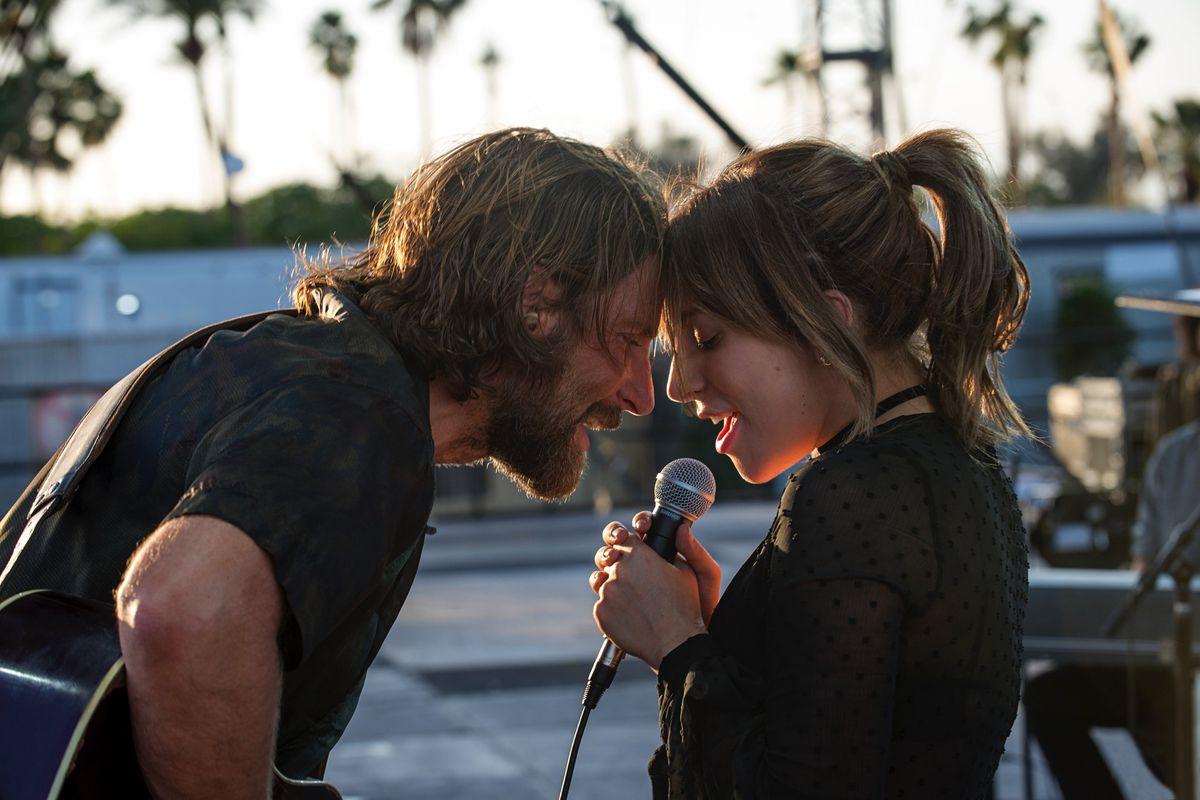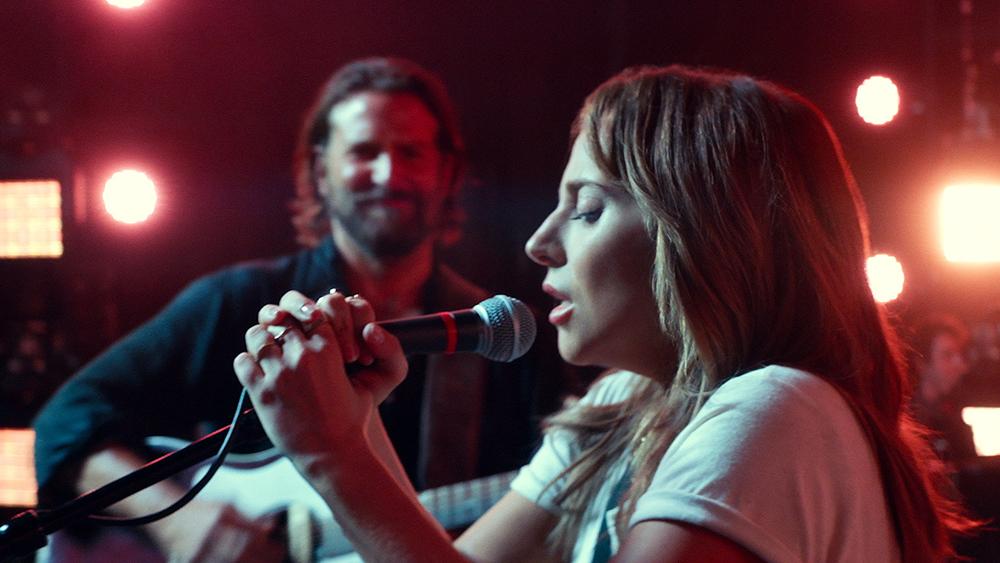Photo courtesy of The Verge
The fourth remake of the timeless classic, starring Lady Gaga and Bradley Cooper, is a gloriously poignant take on the modern music industry that stuns as it sears.
Story by Zoe Judilla
“Music is essentially 12 notes between any octave – it’s the same story told over and over. All any artist can offer is how they see those 12 notes.”
This sentiment, mulled over in the final act of “A Star is Born,” rings especially true as the timeless tale of stardom reaches its fourth remake, modified for the 21st-century audience. With each generation claiming its own respective commentary on the perils of love as it intersects with show business (starring Janet Gaynor in 1937, Judy Garland in 1954 and Barbra Streisand in 1976), the newest iteration is a gloriously poignant take on the modern music industry that wills tears and breaks hearts, arguably more so than its predecessors. With a tight script, careful direction and raw performances, the tale told a thousand times is a visceral powerhouse backed by an original soundtrack that stuns as it sears.
Starring a dynamic Lady Gaga in her first big-screen role alongside Bradley Cooper in his directorial debut (and additionally producing, co-writing and contributing to song composition), “A Star is Born” follows the romance of two musicians struggling to navigate their contrasting career paths: Jack, a declining country star struggling with addiction, and Ally, a rising pop artist finding her footing in an unforgiving industry. After witnessing her powerful performance of Edith Piaf’s “La Vie en Rose” in a bar’s weekly drag night, the country star finds the hesitant Ally to be a songwriter “with something to say, and a way to say it.” Romance ensues as Jack guides her to the spotlight – meanwhile, his own career dwindles as he battles his personal demons.
Visually, “A Star is Born” is gritty and gorgeous, accurately depicting the industry the characters are attempted to success in. Cooper and cinematographer Matthew Libatique portray the intensities of concerts as viewed by both the seasoned performer Jack and the wide-eyed, inexperienced Ally. With a generous use of handheld cameras and heavily saturated hues, Jack and Ally’s intimacy is visually consistent in both their onstage and personal interactions.
But such chemistry cannot be so naturally exhibited without strong performances by both leads – namely, Gaga, whose film debut displays a promising future in the movie industry. Having to follow Hollywood icons Garland and Streisand in any role is no easy feat, but Gaga more than holds her own as Ally, whose raw talent and headstrong nature carefully balance her initial insecurities. Gaga’s steady portrayal of Ally’s rise displays a fierce loyalty to the character, emitting vulnerability with ease and confidence as it would naturally grow within her.
In addition, Cooper’s performance as the broken, self-destructive Jack merits praise for his earnest search for penance, a genuine desire for control serving as a consistently tense presence within the film. Jack’s inherent kindness is met with a dismal sense of self, which shone superbly in much of Cooper’s introspective performance. Opposite each other, the chemistry between Gaga and Cooper is nothing short of electric and essential to the emotional fabric of the film.
Co-written by Eric Roth, Will Fetters and Bradley Cooper, what distinguishes 2018’s “A Star is Born” from the story’s other renditions is the equal care and compassion it has for its two leading characters, whether it be in their respective rise or decline. Instead of promoting a narrative that sacrifices the fall of one to the success of the other (or vice versa) as in previous versions, the film dramatically expands the story of Jack, rather than simply reducing him to his alcohol addiction.
Photo courtesy of Variety
Widening the scope of his involvement, however, does not diminish hers in any way. Instead of settling on past versions’ themes of male egoism, Ally’s perception of Jack causes her to grow and change as an artist, drawing inspiration from a genuine place of love and highlighting the development of her own autonomy within a fast-growing career.
The new remake also introduces the question of what justifies art as pure in the modern music industry. Jack uneasily watches as Ally evolves from the girl with ballads at the grand piano to the pop star with electronic beats and backup dancers, a discomfort the audience is meant to perceive as a progression towards artificiality. Jack undermines her newer persona, deeming it as of lesser value than his. However, the film makes distinct strides to change this narrative, often mentioning that “it was Ally’s choice,” not that of any other influence, to evolve. And it isn’t difficult to understand why such a distinction was necessary in this modern take, given Gaga’s own art is expressed through the easily-dismissed pop genre.
Which brings us to the beating heart of the film: the soundtrack.
Boasting 18 original songs, a majority written and produced by Gaga herself, the soundtrack of “A Star is Born” propels the emotional stakes of the film to a maximum degree. While Gaga shines as an actress, she remains inimitable as a singer. Whether coming to life in the pulsing scene that features the lead single, “Shallow,” or delivering an emotional ballad with “I’ll Never Love Again,” Gaga’s vibrato fills every corner of the theater with the utmost passion and intensity, adding a layer of depth to any scene. With moving melodies and soulful lyricism, Gaga’s care for Jack and Ally’s story embeds itself into every track and translates through her charged, heart-wrenching performances which are long to be remembered.
On its own, the plot of “A Star is Born” is a tale as old as time. Yet somehow, Cooper manages to revitalize the romantic drama into a story that seems more imminent than ever before. And while the film did have weaker moments – the unnecessarily time-consuming fight between Jack and his brother, some scattered clichés, to name a few – it all builds up to an urgent sense of emotional awareness that will have audiences sobbing at its beauty by the end.













































